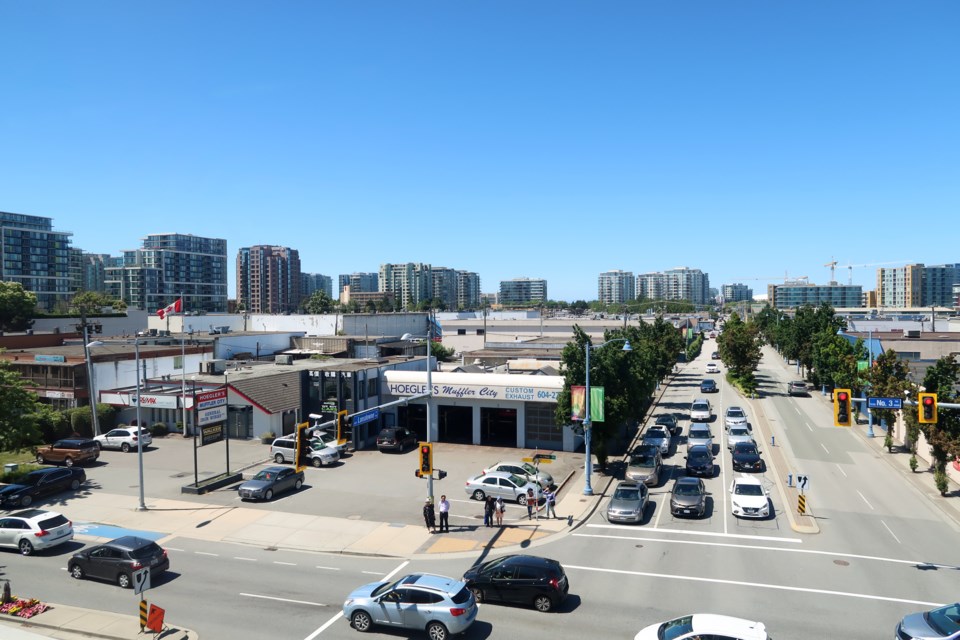The pandemic has not just slowed the economy, it appears to be at least one factor in Richmond’s significantly reduced population growth.
According Statistics Canada, Richmond saw its second smallest year-over-year population growth in 20 years.
COVID-19 and its impact on employment patterns, as well as international immigration may be reasons for that, said John Rose, a professor in the department of Geography and the Environment at Kwantlen Polytechnic University.
However, it’s still too early to jump to conclusions, he added.
“(The pattern of people moving away from large cities) already existed, which I think may speak to some of the other factors at play, like cost of living and housing affordability.”
Vancouver, Toronto and Montreal all saw reduced populations, however, Richmond is not a large city. And while it didn’t see a population decrease, nor did it see the increase other municipalities in the Lower Mainland saw.
In 2019, around 213,875 people called Richmond home. That number jumped to 215,393 in 2020, which is an increase of 1,518 people. However, in 2021, the census counted only 216,280 Richmondites, which was a net growth of only 887 people.
“If you go back over the last twenty years, that was the second-lowest annual growth rate in all of those 20 years,” said John Rose, adding that’s an increase of only 0.4 per cent.
“There were other years in this 20-year span where you could see figures of one and a half to two per cent annual growth. So, by Richmond’s own standards, this last year was a pretty small population growth,” said Rose.
Meanwhile, other suburban communities have experienced gains, according to the census.
Burnaby welcomed another 2,773 residents in 2021, bringing its population to 260,918. Langley’s population grew from 161,654 in 2020 to 166,400 in 2021, a net growth of 4,702. Surrey added another 13,006 residents in 2021, expanding its total population to 614,646.
The fact Richmond appears to be an outlier among mid-sized suburban municipalities may speak to the city’s high rate of international migration as well as its high housing prices, said Rose.
The census found that Vancouver lost residents, dropping from 700,015 in 2020 to 693,235 in 2021. That trend was also seen in major cities such as Toronto and Montreal, said Rose.
An urban exodus is also happening large cities in the U.S., including Chicago, New York, Minneapolis and Seattle, said Rose, citing a recent study from Federal Reserve Bank of Cleveland.
However, issues such as riots and protests may be additional factors, he added.



